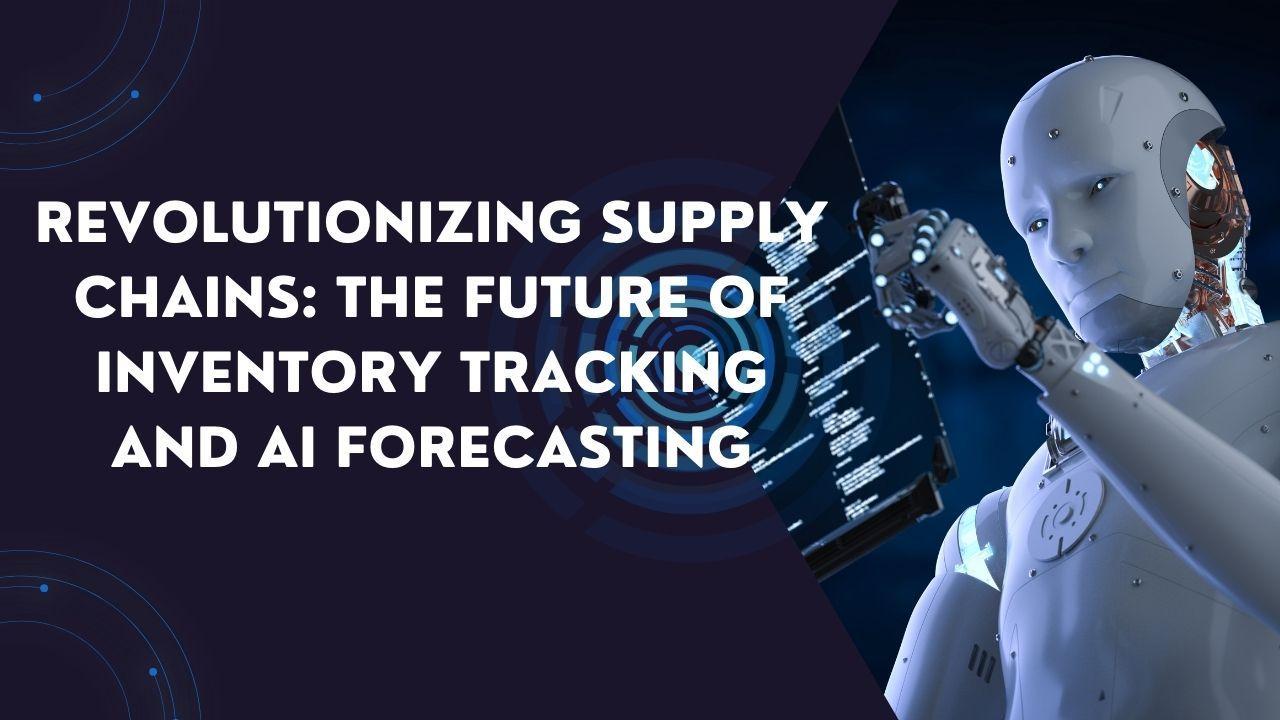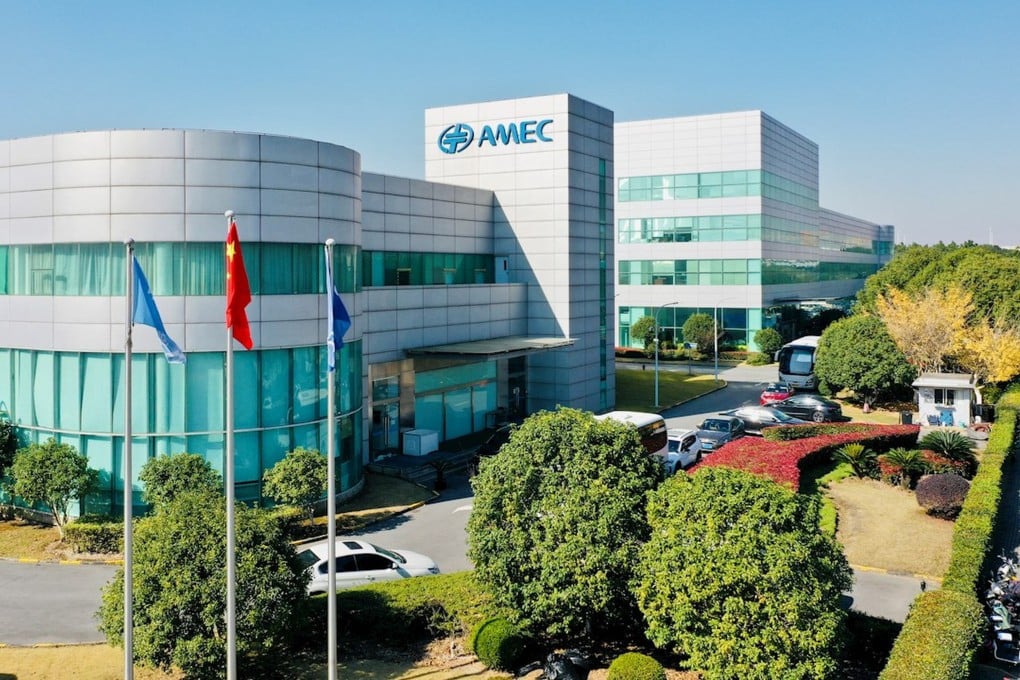Share Share Share Share Email In the rapidly evolving landscape of global commerce, supply chain efficiency has become a key differentiator for businesses striving to stay ahead. Narendranath Yenuganti , an expert in the field, explores how the integration of real-time inventory tracking and AI-powered demand forecasting is reshaping supply chain management . This transformative approach is not just about automation but about creating an adaptive and intelligent ecosystem that anticipates market needs.
Unmatched Visibility with Real-Time Inventory Tracking Traditional inventory management systems often struggle with inefficiencies due to outdated tracking mechanisms. Real-time inventory tracking has emerged as a game-changer, offering businesses unprecedented visibility across multiple locations. By integrating technologies such as RFID tags and IoT sensors, companies can continuously monitor stock levels, reducing the risk of overstocking or shortages.

This system enables instant updates, ensuring that supply chain managers can make data-driven decisions in real time. As a result, businesses can optimize their inventory levels, reduce carrying costs, and enhance overall operational efficiency. AI-Powered Demand Forecasting: A Leap Beyond Historical Data Conventional demand forecasting has long relied on historical sales data, often failing to adapt to market fluctuations and external factors.
AI-powered forecasting, however, incorporates a wide range of predictive elements, including seasonality, consumer behavior, social trends, and even weather patterns. Machine learning algorithms continuously refine their predictions, improving accuracy over time. This advancement enables businesses to align production schedules, optimize warehouse space, and meet customer demands with greater precision.
Dynamic Inventory Optimization: A Synergistic Approach The convergence of real-time inventory tracking and AI-driven forecasting creates a self-optimizing supply chain. By synchronizing these technologies, businesses can dynamically adjust stock levels in response to anticipated demand fluctuations. This results in reduced dependency on safety stock, freeing up working capital and reducing storage costs.
Moreover, companies implementing this approach have reported increased order fulfillment accuracy and improved customer satisfaction, further strengthening their market position. Enhancing Supplier Collaboration for Seamless Operations Supply chain disruptions are often caused by a lack of synchronization between suppliers and retailers. With AI-generated demand forecasts, businesses can provide suppliers with precise order expectations, reducing lead time variability.
This proactive collaboration allows suppliers to adjust their production schedules accordingly, minimizing delays and inefficiencies. The result is a streamlined supply chain where stakeholders operate in harmony, significantly improving overall responsiveness and agility. Cost Reductions and Improved Working Capital Management One of the most compelling benefits of this integration is its financial impact.
Businesses leveraging AI forecasting and real-time inventory tracking report significant reductions in inventory carrying costs. By eliminating unnecessary stockpiling and preventing stockouts, companies can lower their expenses while maintaining optimal service levels. Additionally, the improved accuracy in demand prediction leads to fewer markdowns and wastage, which is particularly critical for perishable goods and high-value products.
Reducing Operational Complexity Through Automation Beyond financial benefits, the automation brought by these technologies simplifies supply chain operations. AI-powered systems can autonomously adjust stock levels, generate purchase orders, and optimize warehouse placement, reducing the need for manual intervention. This shift allows supply chain professionals to focus on strategic planning rather than routine operational management.
As AI models continue to evolve, businesses can expect further reductions in human-driven processes, leading to enhanced productivity and efficiency. The Road Ahead: Towards Fully Autonomous Supply Chains As technological advancements continue, the integration of AI and real-time tracking is expected to become even more sophisticated. Future developments may include predictive analytics integrated with transportation management and customer relationship systems, forming a unified digital supply chain.
The rise of self-driving supply chains—where systems autonomously manage inventory, procurement, and logistics—could redefine industry standards. Organizations that invest in these technologies today position themselves for long-term success in an increasingly competitive market. In conclusion, Narendranath Yenuganti emphasizes that real-time inventory tracking and AI-powered demand forecasting are more than just technological upgrades—they are strategic imperatives.
Businesses that embrace this transformation can achieve a competitive advantage through enhanced efficiency, reduced costs, and superior customer service. As these innovations continue to evolve, companies that integrate them into their supply chain strategies will not only survive but thrive in an increasingly dynamic business environment. Related Items: AI , Narendranath Yenuganti Share Share Share Share Email Recommended for you Revolutionizing Financial Reconciliation: The Power of AI and Human Collaboration Bridging AI Efficiency and Environmental Impact: A Path to Sustainable Innovation Bridging the Future: Quantum Computing and AI-Driven Integration in Enterprise Architecture Comments.
Technology

Revolutionizing Supply Chains: The Future of Inventory Tracking and AI Forecasting
In the rapidly evolving landscape of global commerce, supply chain efficiency has become a key differentiator for businesses striving to stay ahead. Narendranath Yenuganti, an expert in the field, explores how the integration of real-time inventory tracking and AI-powered demand forecasting is reshaping supply chain management. This transformative approach is not just about automation but [...]The post Revolutionizing Supply Chains: The Future of Inventory Tracking and AI Forecasting appeared first on TechBullion.















